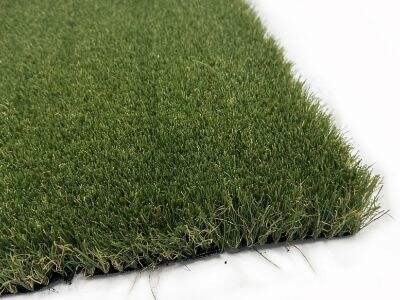A lot of schools have made a big change with their sports fields. They are replacing natural grass with something called synthetic turf. But why are they doing this? Let’s explore why this transition has taken place.
The move to artificial grass allows athletes to be their best.
It provides excellent shock absorbing and protects the phone from friction. This may make sports that students play on synthetic turf fields safer. The turf is soft and can be good at preventing injuries in games and practices. Plus, the hold on fake grass is firm; gallop fast instead of skid.
Turf is easier to maintain than natural grass.
This is a time-saving and cost-saving device for schools. Schools have to mow, water and fertilize the natural grass field frequently to keep it looking good. This is a lot of work, and a lot of money. You don’t need to mow or water synthetic grass, and it requires very little maintenance to look its best. This would free up schools to spend more time and money on other important things, such as education and student activities.
Synthetic grass has also ensured that sports fields can be used in any type of weather.
This gives students more opportunities for outdoor activities. Natural turf becomes muddy, slick and hazardous to play on when it rains. But synthetic turf drains quickly and remains dry, so students can play sports outside, even during the rain.
Artificial grass is built to last a very long time, especially in high traffic areas.
These fields can wear out pretty fast from a reoccurring cycle of sports practices and games. Artificial turf is tough — it can stand up to a lot of wear and tear. This, in turn, means that schools won’t need to replace the field so frequently, saving money in the long term. The synthetic turf requires less water, pesticides and fertilizers than natural grass fields.
Natural grass requires a great deal of water to remain healthy, especially during hot weather. And it requires chemicals to keep bugs at bay and help the grass grow. Synthetic turf grass requires less water and the chemicals on which real grass relies, which makes it a “greener” alternative for schools interested in helping the planet.

